Last night, the IChemE Scottish Members Group hosted a Cooking with Science workshop. Our presenter, Kostas, has hosted this kind of workshop at a few of the local science festivals.
The event was hosted in one of the classrooms at the University of Edinburgh; I believe that the last time I was in that classroom was for a group project over 10 years ago! But last night was a different form of group projects - in small groups, we were to make a chocolate sauce and ice cream. There were four areas set up: each with a hotplate, blender, a couple of beakers, two sets of scales (one large, one for accurate additions) and a range of cooking utensils.
Along with the cooking, Kostas explained what some of the common additives that get used in modern foods are and why they are used. The first additive we looked at was agar agar, a jelly-like substance made from seaweed. Adding a small amount of this additive to the chocolate sauce was supposed to let it set like a jelly. Unfortunately, our group got something wrong and our sauce didn’t turn into the jelly-like substance that it was supposed to, though it was still a normal chocolate sauce. Clearly I need to try again in my own time...
One of the additives that we used was familiar to me...
(For anyone who doesn’t get the reference, we held a Disastrous Dinners event about a plant that made Xanthan Gum last year)
The xanthan gum was used with a blend of other additive gums to help make our ice cream. These gums helped form the emulsion and ensured that the ice crystals remained small. This allowed the ice cream to remain smooth and creamy. As someone who previously worked in a sugar factory, where the main aim was to make the sugar crystals as large as possible, I found it fascinating that we were trying to keep the ice crystals as small as possible. One way to help do this was to cool the mixture as quickly as possible. Our method of cooling was to mix dry ice directly into the mixture while stirring. This had a nice added effect of creating a fizzy ice cream with the tingling sensation that you normally get with a fizzy drink.
As well as making these recipes, we talked about the effects of pressure and how it can be used to help infuse tastes or alter the reactions that occur while cooking. While none of the recipes made were vegan, we did talk about how some of the additives are used to help with vegan or gluten free cooking. I have enjoyed trying to make some traditional dishes vegan in the past, this event has given me some ideas for future projects.
I would like to thank Kostas and Dimitri for hosting and organising the event. I foresee more experiments in the future.
Go Top« Life Without Two Wheels
Not so Different »


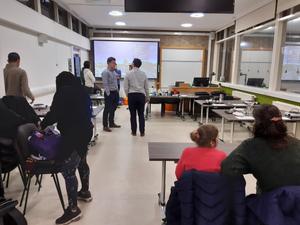

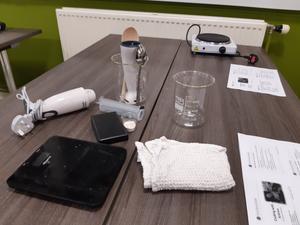

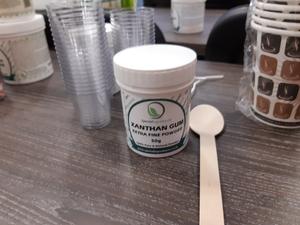

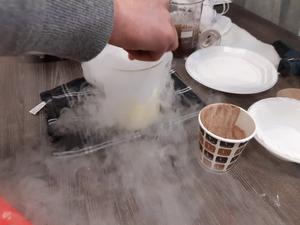

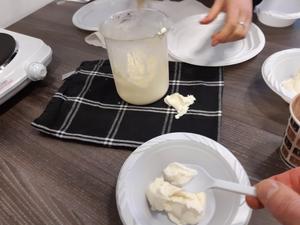

Comments
I would love to know what you think. To comment on this article, send me an email
No comments yet.